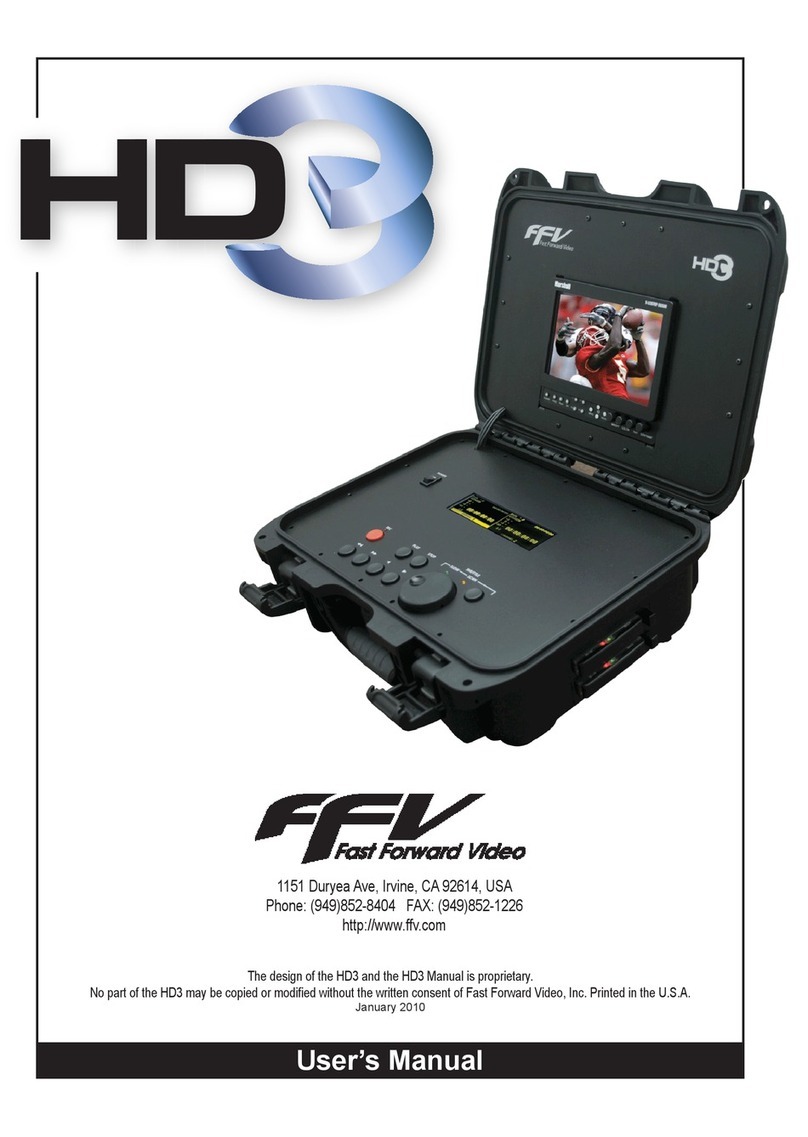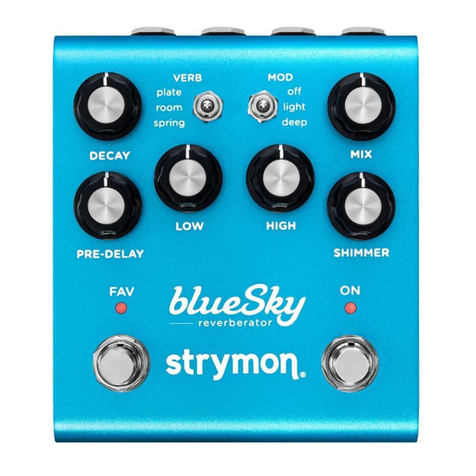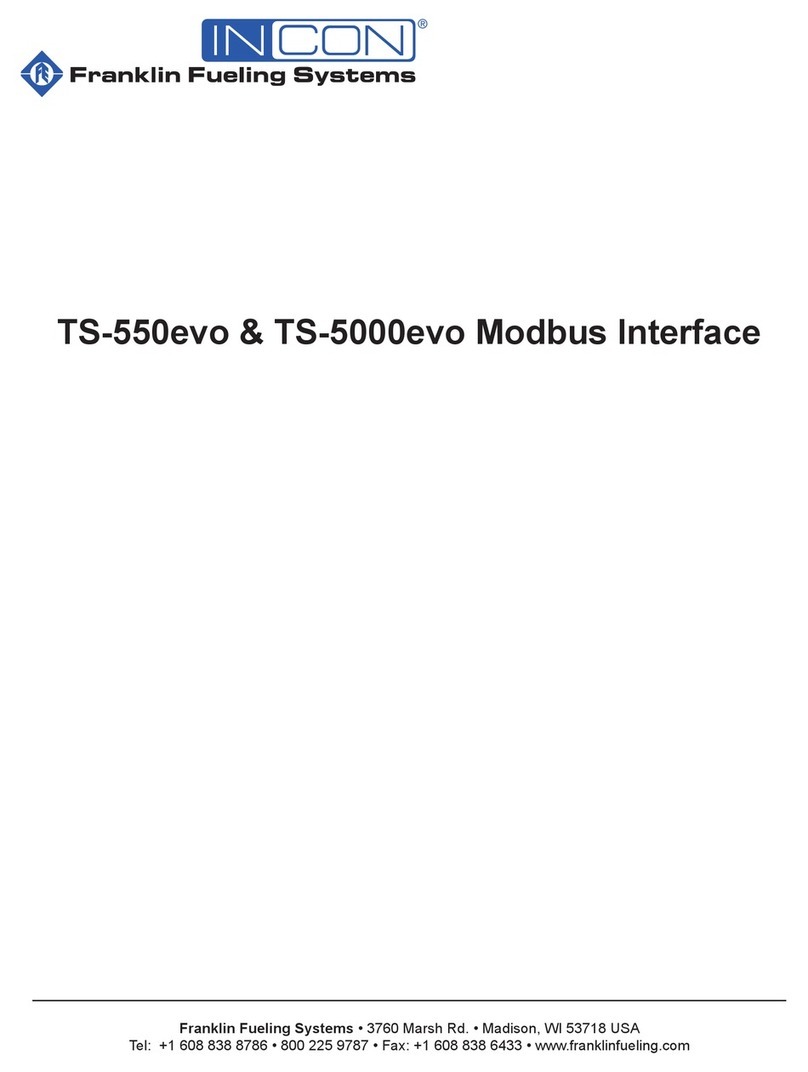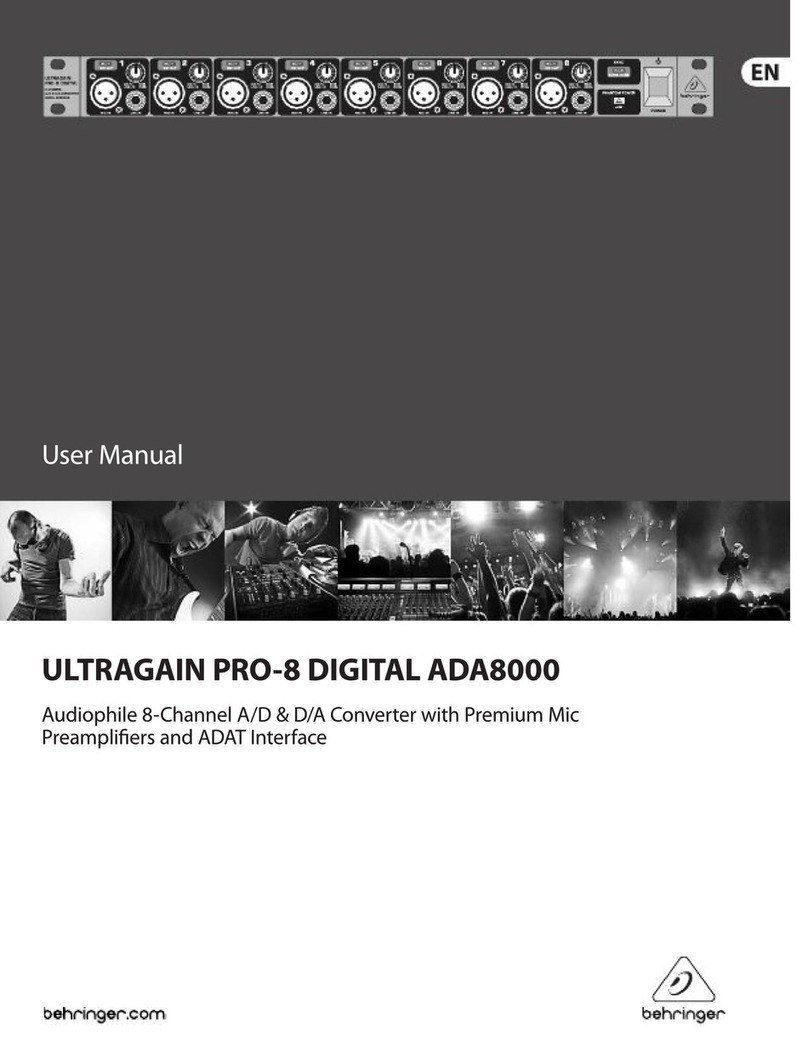GM LAB RONDO' User manual

RONDO' DIGITAL STRING MACHINE
1

Thank you for purchasing GMLab Ron ò! Whether you bought the kit version
or the pre-assemble version, please refer to this ocument for basic
information an instructions. If you purchase the kit version, please
refer to the full version of the gui e that you will fin online, here:
XXXXXXXXXXXXXXXXXXXXXXXXXXXXXXXXXXXXXXXXXXXXXXXXXXXXXXXXXXXXXXXXXXXXXXXXXX
GMLab Ron o is a string machine inspire but the great "violin keyboar s"
of the Seventies. It has 4 soun s (Bass, Cello, Viola, Violin) that you
can mix together to achieve your favourite string soun , an envelope
section an 3 effects: "vibrato" an "chorus" are fixe an you can only
activate or eactivate them, the "phaser" effect can be a juste . A
"brilliance" an "Volume" sli ers complete the interface.
No power supply unit is supplie with a KIT purchase. GMLab Ron ò requires
a 12v DC 500mA minimum power supply in or er to operate correctly. These
are very common an you probably alrea y have one compatible laying aroun
somewhere. Just be sure that the DC male plug is 5.5/2.1 with the positive
in the central pin an the negative in the external frame of the plug.
You can also use a power supply with less voltage (for example 9v) but
please on't use the ones for guitar pe als, they are normally with center
negative. Using a ifferent power source that the one suggeste (12v DC)
won't harm your instrument, unless you connect a power supply with a
voltage higher than 12v; but will affect the au io quality because the
operational amplifier circuitry use in this project is esigne aroun
12v DC voltage for optimal performance.
GMLab Ron o is sen ing out mono au io from the 6.3 jack plug.
The MIDI connector of GMLab Ron o is a MIDI IN port, there you are
suppose to plug a evice capable of sen ing MIDI messages, typically MIDI
NOTE ON/OFF messages. Plug there your MIDI keyboar , your computer or your
sequencer. Ron ò recognizes MIDI ata on channel 1 an oes not support
velocity.
Ron ò is able to recognize MIDI CC# messages as follow:
GMLAB Ron o is sol on-line on the web sites www.gmlab.it an on
www.MyRigShop.com by V.M.Connection, an enterprise base in Italy.
You can get the project files an source co e for this project (if
available) an other GMLab projects on our GitHub account:
https://github.com/ZioGui o
If you nee spare parts or blank PCBs, just let us know.
All tra emarks mentione in this ocument belong to their respective
owners an are use for reference purposes only.
2
7: Volume 18: Release
12: Bass 19: Brilliance
13: Cello 21: Phaser Rate
14: Viola 22: Phaser Depth
15: Violin 30: Vi rato On/Off
16: Attack 31: Chorus On/Off
17: Break Point 32: Phaser On/Off

MOUNTING INSTRUCTIONS
Welcome to the mounting instruction sheet for the GMLAB Ron ò string
machine. To assemble this kit correctly an set it up to work properly, a
goo skill an experience with electronics an computers is require , plus
some tools an a little bit of patience an attention. You must be able to
recognize electronic components, resistors, capacitors, integrate
circuits, you must be able to sol er them properly on the PCB.
Please note that we are not responsible for instruments not working ue to
improper mounting, improper sol ering/ esol ering of components or parts
broken uring the mounting process
REQUIRED TOOLS
1. Sol ering iron, preferably a temperature-controlle 60W iron with a
1,5 ~ 2,5 mm wi e tip;
2. Sol er tin wire, preferably goo quality 0,8 ~ 1 mm iameter;
3. Goo quality cutters, pliers, screw rivers;
4. Patience.
PREPARATION
Prepare a clean an ti y surface, with just the require tools han y an
make sure you have ischarge your bo y from electrostatic charge by
touching some metal object that makes contact with the floor. Optionally,
wear an ESD wristban .
WHAT'S IN THE KIT
1x Active Panel bottom PCB
1x Top Panel PCB
1x Front panel PCB
1x Rear panel PCB
2x Si e panels PCB
3

20x REDCUBE
4x M3x20 M/F HEX spacers
4x Rubber feet
15x M3x5 screws
11x Sli e potentiometers
3x Push switches
3x 3mm Re LED
1x 40 pin long female hea ers
2x 20 pin log male hea ers
2x 20 pin short female hea ers
1x 2 pin hea er
1x Jumper
1x 100nF ceramic capacitor
3x 10uF electrolitic capacitors
2x 1uF capacitors
1x IC 7809
1x IC 6N137
1x IC LM4558 or TL072 or TL082
1x Jack TRS 6.3
1x MIDI Connector
1x DC Connector
1x 10kOhm resistor
6x 220Ohm resistors
3x 1kOhm resistors
2x 51kOhm resistors
2x 100kOhm resistors
1x IC Daisy See
4

NOTE ABOUT REDCUBES
Re cubes are little components that allow to fix the si e panels of the
synthesizer without compromising the aesthetical en result of the
pro uct. They nee to be sol ere to the bottom an top PCBs. The
proce ure is not very easy an we suggest to o this operation before
anything else.
You are require to sol er 10 pieces on the bottom PCB an 10 pieces on
the top PCB: 2 pieces on every angle plus 2 pieces in the mi le. Please
take a look at the PCBs in or er to fin out where they are locate .
Once mounte you will be able to fix the si e panels of your synthesizer
with the screws to improve the overall structure an appearance.
The sol ering proce ure requires time: please follow our instructions
carefully!
- Locate a REDCUBE pa an place one on it: be sure that the two small
pins are insi e the 2 small holes in the pa .
5

- You will notice that the pa is a little bit bigger in the insi e area:
that is the place where you have to start sol ering it.
Put the tip of your sol ering iron there an start applying the sol ering
tin wire to it: hol them firmly, on't apply the sol er tin on the pa
before positioning the REDCUBE, otherwise it will be ifficult then to re-
position it again. Please on't forget that the area an the re cube will
become very hot!
- You can help yourself in this operation using a tool to firmly hol the
REDCUBE until the sol er starts melting an attaches to the PCB. Don't
move the sol ering iron tip!
6

- The sol ering tip nee s to heat both the PCB an the REDCUBE before the
tin starts melting. This requires time, it can be from 10 to 30 secon s
epen ing on the temperature.
- When the sol er tin starts melting you will see the tin going everywhere
in the pa an also un erneath the REDCUBE, firmly attaching it to the
PCB. You nee a lot of sol er tin there! Wait until everything is well
covere with the tin an then remove the sol ering iron tip gently without
ropping the REDCUBE.
- When the sol er tin is soli again, the en -result shoul look like
this:
- You can now procee with all 20 pieces.
7

ACTIVE BOTTOM BOARD
fig. 1
STEP 1: Let's start from the electronics. All passive components first,
starting from the lowest till the tallest. Take the resistors, ben the
terminals 90 egrees (if not alrea y bent) an a them to the main PCB in
the correct positions (check the schematics, silkscreen on the PCB an the
component numbering an value). Do the same with the capacitors an keep
in min that electrolitic capacitors o have a polarity.
STEP 2: Let's place an sol er all the connectors (male an female SIL
an DIL hea ers). Let's start from the 2x20 pins female hea ers for the
brain of the string machine: the Daisy see . Insert them an sol er on the
other si e.
8

Then you can procee with the 2x20 long male hea ers (these are use to
connect the bottom boar to the top boar ) an the 2 pin hea er. That 2
pin hea er is use to give or remove power to the LEDs of the sli ers in
the top boar . A ing a jumper the LEDs will lit, without the jumper the
LEDs will stay off.
STEP 3: A the Integrate Circuits. Pay attention not to keep the sol er
pin for too long, an that all pins have been sol ere correctly. Do not
sol er two or more pins together, each pin is sol ere separately from the
surroun ings. Also pay attention to the irection an polarity. Drawings
on the PCB have a notch on a si e in icating where pin 1 goes. The same
notch is generally present in the IC itself, or you'll also fin a small
ot. Please take a close look at the co es in the integrate circuits
(they all look the same but they have ifferent co es, 6N137 is not the
OPAMP!!!). This is a elicate step, o not make mistakes!
Also a voltage regulator is present: it is a special integrate circuit
that, in this case, also nee s to be screwe onto the PCB using a 3x5
screw an a M3 nut. Before sol ering it, you have to ben the pins.
A the MIDI connector, the DC plug an the TRS 6.3 jack an sol er them.
At the en , just insert the Daisy See into the female hea ers you just
sol ere : pay attention on the polarity: the USB connector must face
outsi e the boar . Please note that the Daisy see is elivere alrea y
programme .
STEP 5: this is the last step for the bottom boar an consist in mounting
the 4 plastic Hex spacer an the 4 rubber feet, one for each corner of the
PCB.
9

This shoul be the en -result:
Now your bottom boar is complete an it shoul look as the fig. 1 on page
8. Let's now procee with the top boar .
10

TOP PANEL BOARD
Fig. 2
STEP 6: the top panel boar , once mounte , will be the the control surface
of your GMLab Ron o, where you will fin the sli ers, le s an
pushbuttons. Let's suppose that you alrea y sol ere the 10 Re cubes on
this boar (see page 5) so let's procee . First of all insert an sol er
the 1x40 long female hea er:
Step 7: Now is time to mount all the sli ers, the LEDs an the
pushbuttons.
Once again, pay much attention to have them sit perfectly on the surface
of the PCB, so they will pass through the panel holes correctly. Our
a vice is to keep them with a finger an sol er just one pin, repeat this
operation for all buttons an potentiometers, at the en sol er the rest
of the pins.
11

Start with the 3 le s: the first important thing to keep in min is the
polarity of them. For THT LEDs, the positive pin (ano e) is always longer
than the negative one (catho e). So please mount all 3 of them with the
ano e on the left like this photo:
Then go on with the pushbuttons, insert them in the PCB an sol er. The
en -result shoul be like this:
12

Then insert the sli ers one by one in the boar an start sol ering them.
Don't worry: it's not possible to mount them reverse (180°) because the
pins are ifferent.
When you are one, the boar shoul look as the photos fig. 2 on page 11.
STEP 8: In this step, you are require to connect together the bottom
boar an the top boar you just finalize . The electric connection
between the two boar s is ma e by the 1x40 pin female an male hea ers:
they nee to be connecte together. Once the two boar s are connecte , you
will notice that also the 4 plastic Hex spacers will be in the correct
position, just un erneath the 4 holes in the top boar . just un erneath
the correspon ing holes of the top boar . So, just screw four M3 screws
there.
13

STEP 9: The very last step is mounting the four si e panels for your
Ron o. Please note that they are all ifferent. You have one for the rear
si e, where you will also fin labelings for the connections.
Then you have two small ones completely black for the left an right si e
an a big one for the front.
They are fixe in your Ron o just with M3 screws that will go in the
Re cubes.
The mounting proce ure is over! Goo Job!
GMLAB Ron o is sol on-line on the web sites www.gmlab.it an on
www.MyRigShop.com by V.M.Connection, an enterprise base in Italy.
You can get the project files an source co e for this project (if
available) an other GMLab projects on our GitHub account:
https://github.com/ZioGui o
If you nee spare parts or blank PCBs, just let us know.
All tra emarks mentione in this ocument belong to their respective
owners an are use for reference purposes only.
14
Table of contents
Popular Recording Equipment manuals by other brands
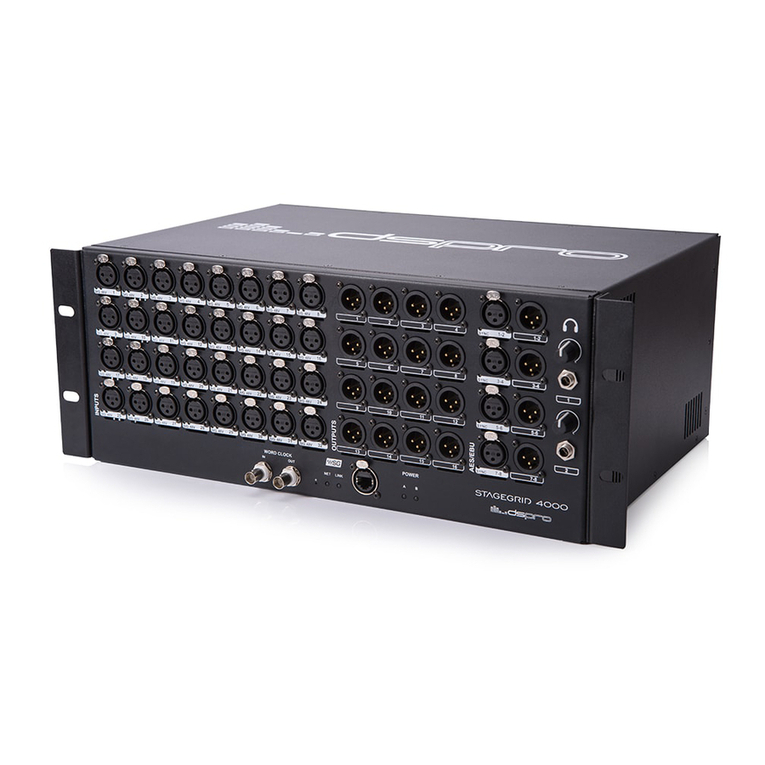
Waves
Waves DSPro StageGrid 4000 user guide

DigiDesign
DigiDesign Mbox 2 Mini Setup guide
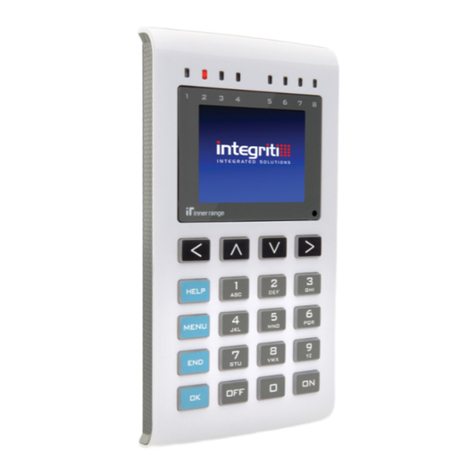
Inner Range
Inner Range Integriti Prisma-SIFER Terminal installation manual
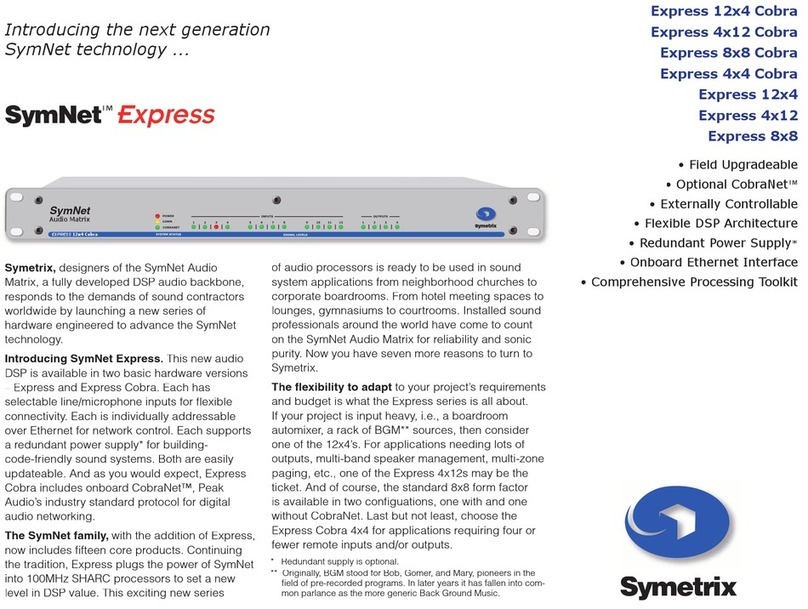
Symetrix
Symetrix SymNet Express 8x8 Specifications
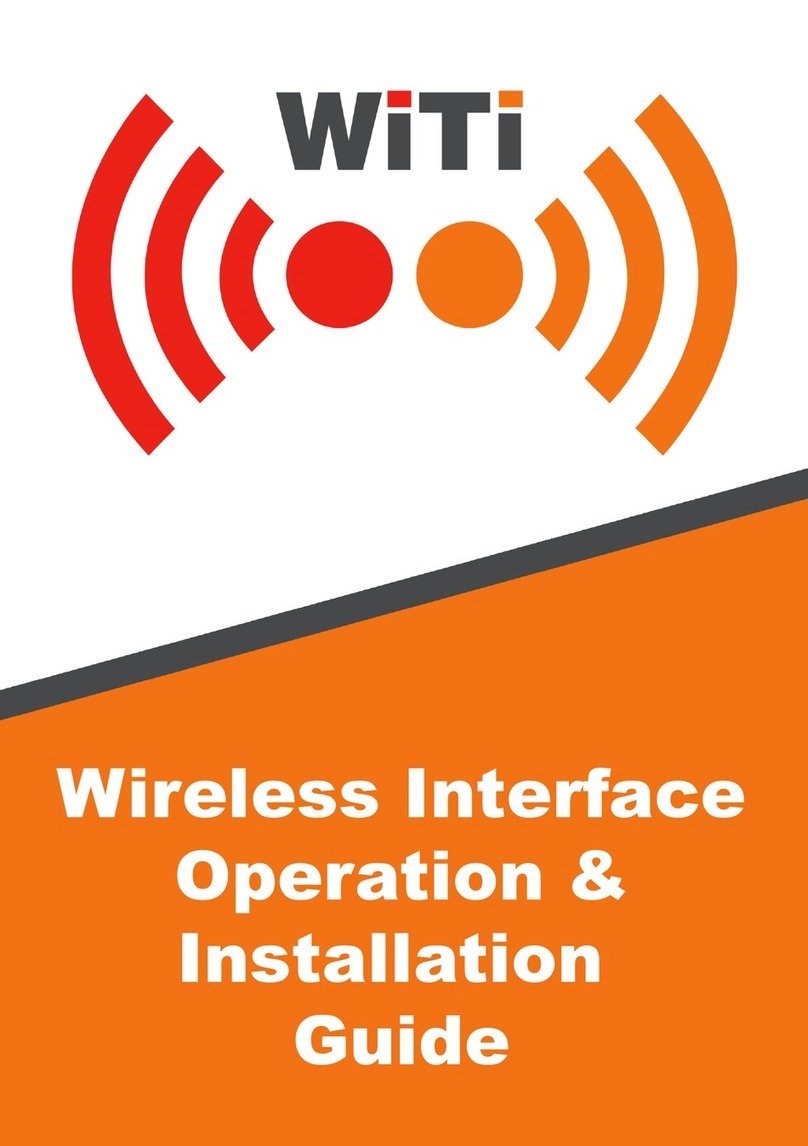
Leisure Technologies
Leisure Technologies WiTi Operations & installation guide
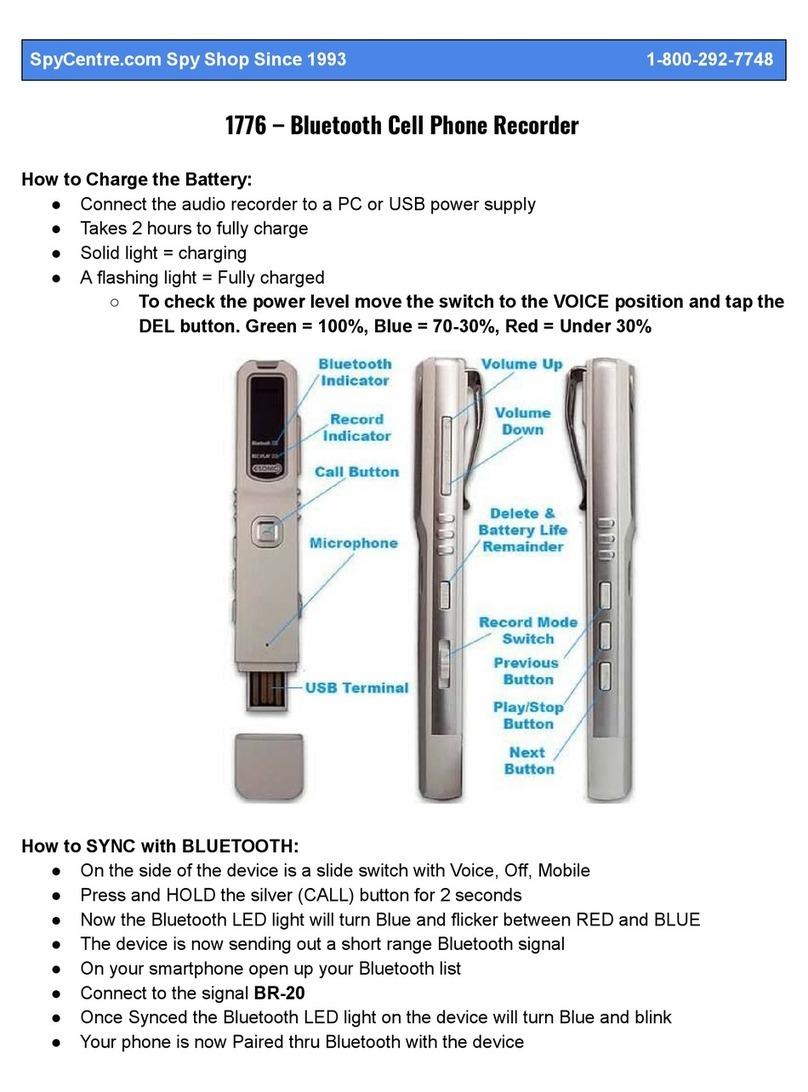
Spycentre
Spycentre 1776 manual
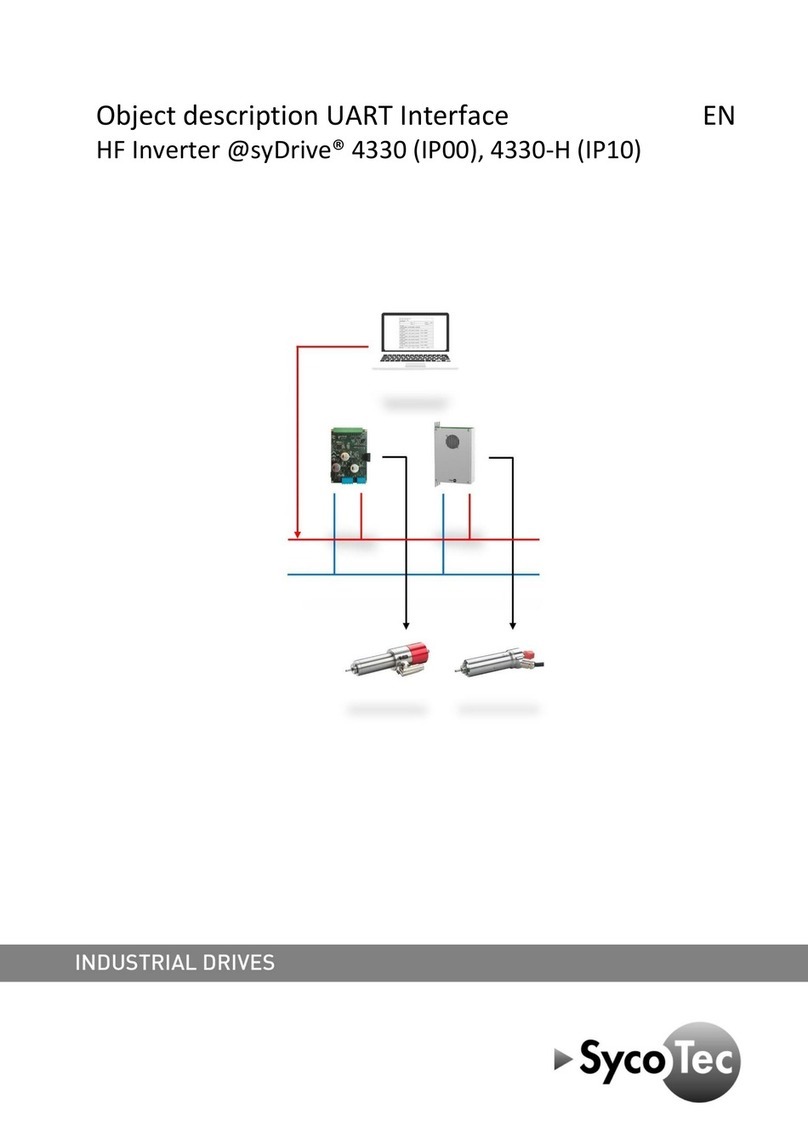
SycoTec
SycoTec easyDrive 4330 IP00 manual
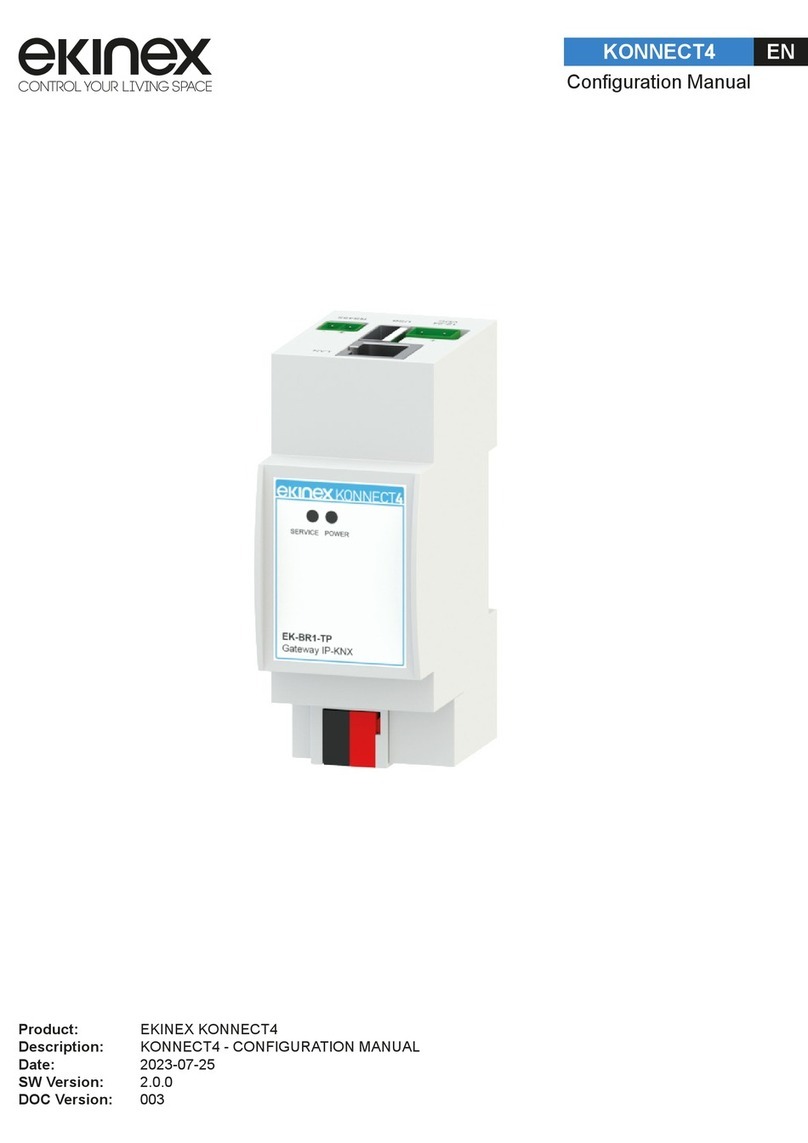
Ekinex
Ekinex KONNECT4 Configuration manual
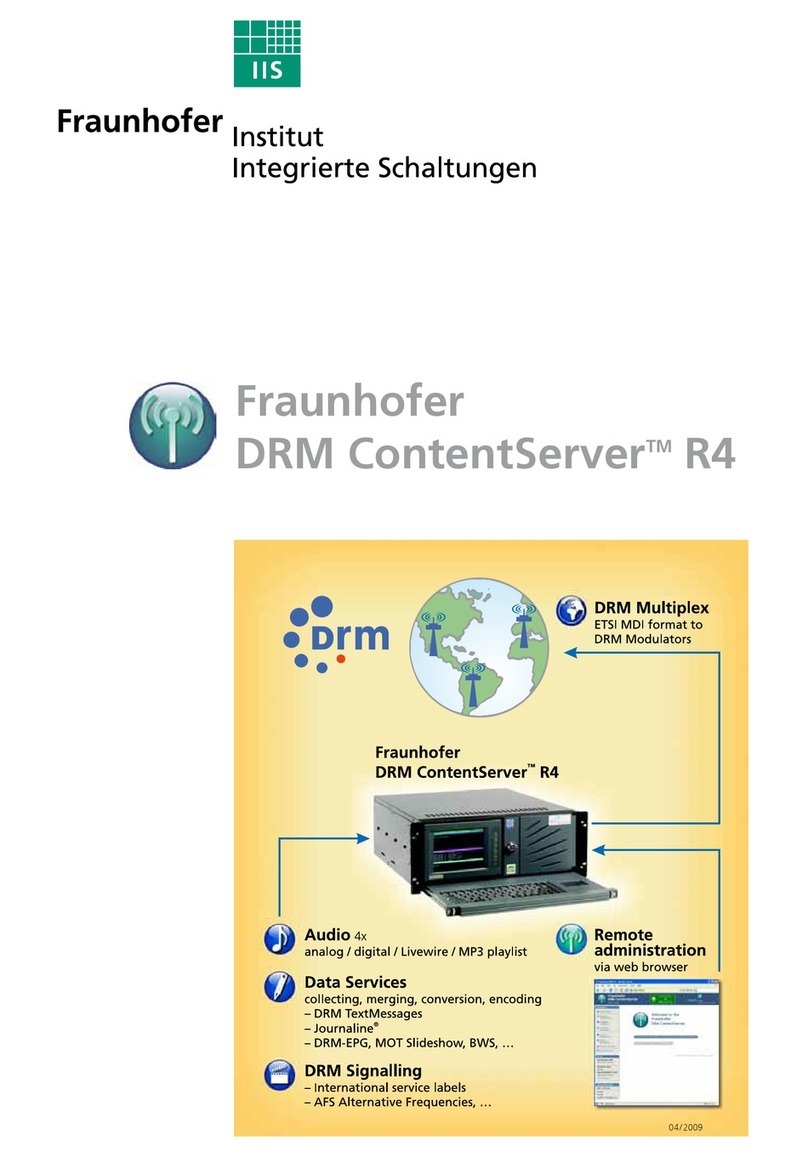
Fraunhofer
Fraunhofer DRM ContentServer R4 Information
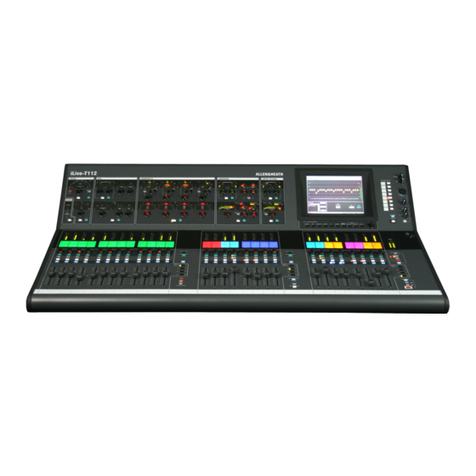
ALLEN & HEATH
ALLEN & HEATH iLive Series reference guide
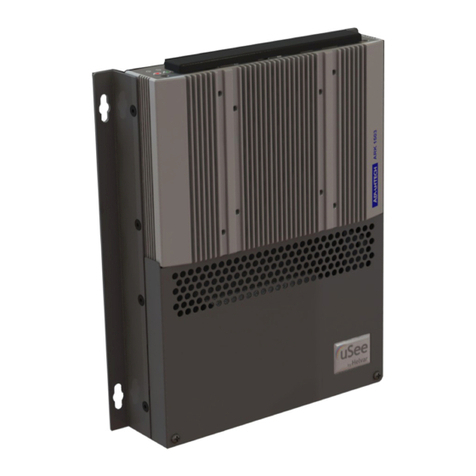
HELVAR
HELVAR uSee Web Browser User Interface Installation and setup guide
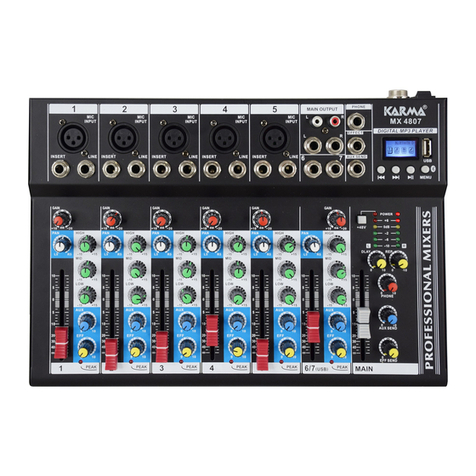
Karma
Karma MX 4807 instruction manual


